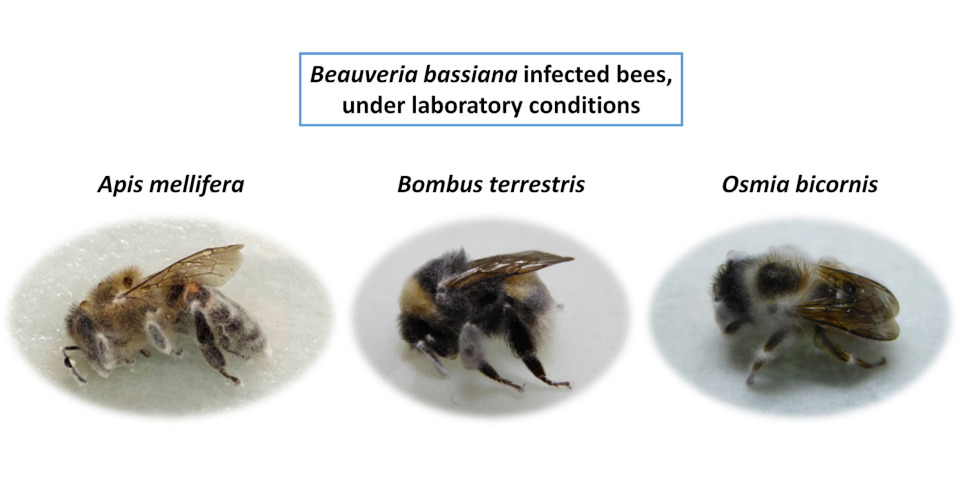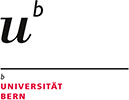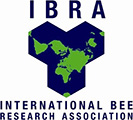Abstract
Pollinating bees are stressed by highly variable environmental conditions, malnutrition, parasites and pathogens, but may also by getting in contact with microorganisms or entomopathogenic nematodes that are used to control plant pests and diseases. While foraging for water, food, or nest material social as well as solitary bees have direct contact or even consume the plant protection product with its active substance (e.g., viruses, bacteria, fungi, etc.). Here, we summarize the results of cage, microcolony, observation hive assays, semi-field and field studies using full-size queen-right colonies. By now, some species and subspecies of the Western and Eastern honey bee (Apis mellifera, A. cerana), few species of bumble bees, very few stingless bee species and only a single species of leafcutter bees have been studied as non-target host organisms. Survival and reproduction are the major criteria that have been evaluated. Especially sublethal effects on the bees’ physiology, immune response and metabolisms will be targets of future investigations. By studying infectivity and pathogenic mechanisms, individual strains of the microorganism and impact on different bee species are future challenges, especially under field conditions. Overall, it became evident that honey bees, bumble bees and few stingless bee species may not be suitable surrogate species to make general conclusions for biological mechanisms of bee-microorganism interactions of other social bee species. Solitary bees have been studied on leafcutter bees (Megachile rotundata) only, which shows that this huge group of bees (∼20,000 species worldwide) is right at the beginning to get an insight into the interaction of wild pollinators and microbial plant protection organisms.
Erler S, Eckert JH, Steinert, M, Alkassab AT (2022) Impact of microorganisms and entomopathogenic nematodes used for plant protection on solitary and social bee pollinators: Host range, specificity, pathogenicity, toxicity, and effects of experimental parameters. Environmental Pollution, 302: 119051. DOI: 10.1016/j.envpol.2022.119051










